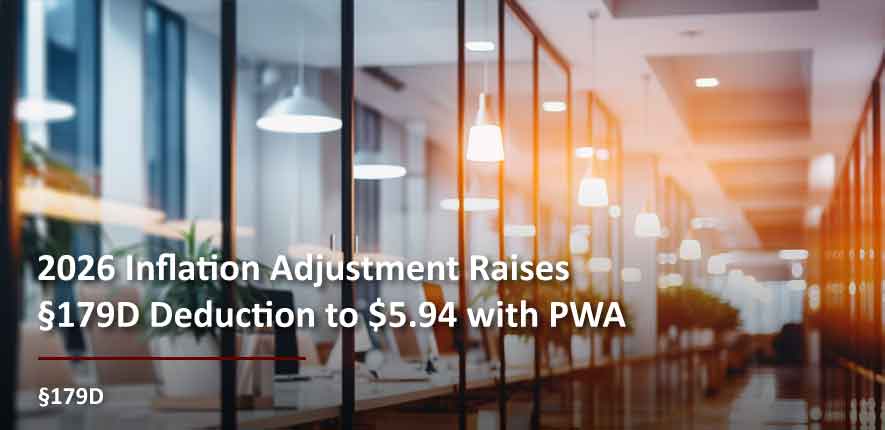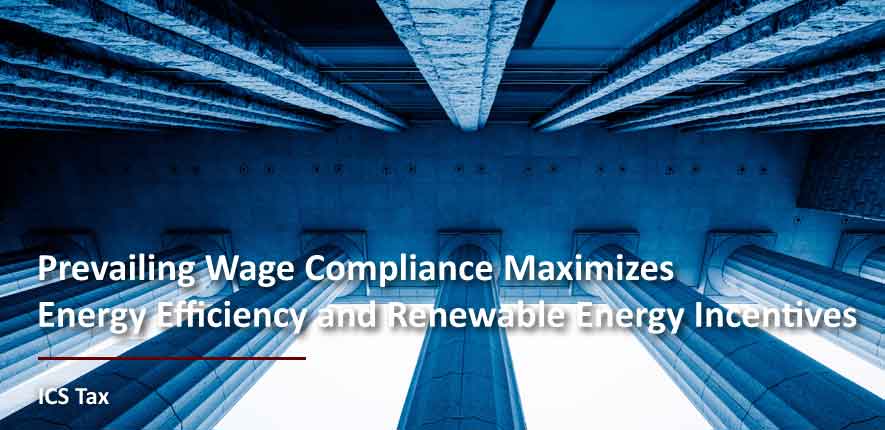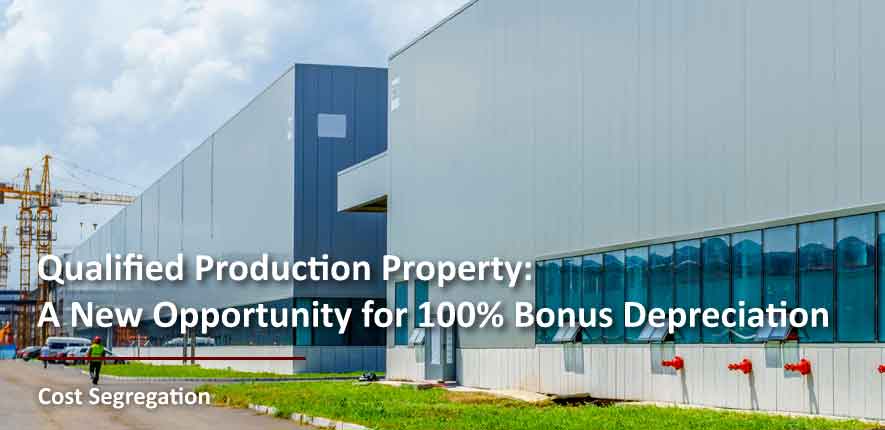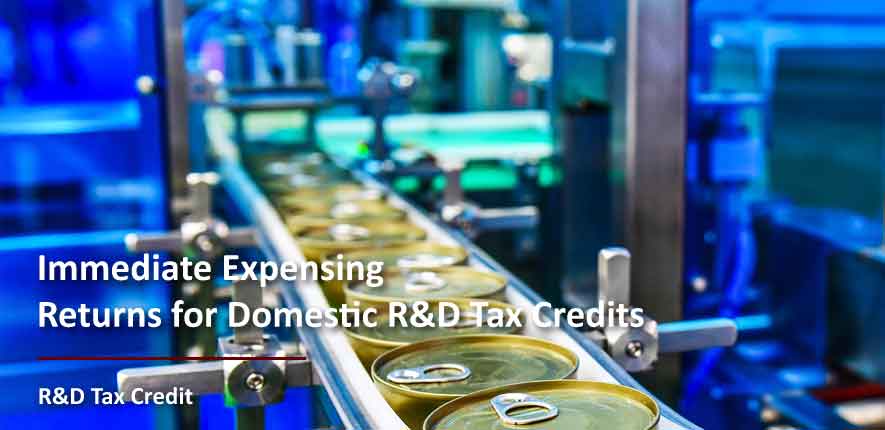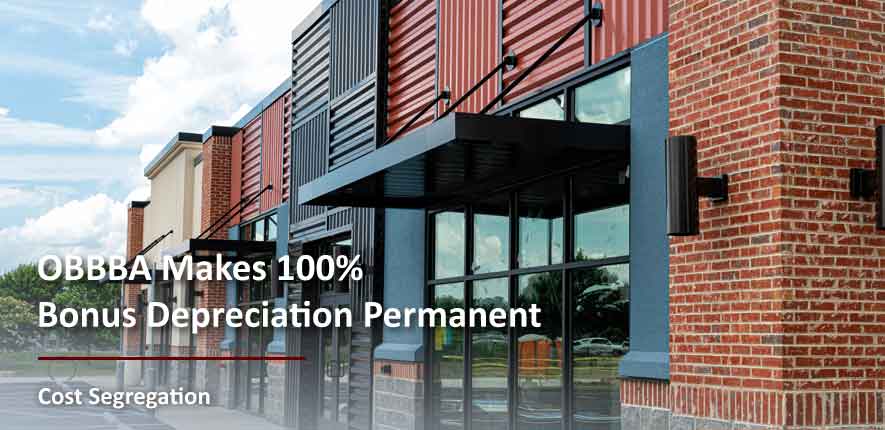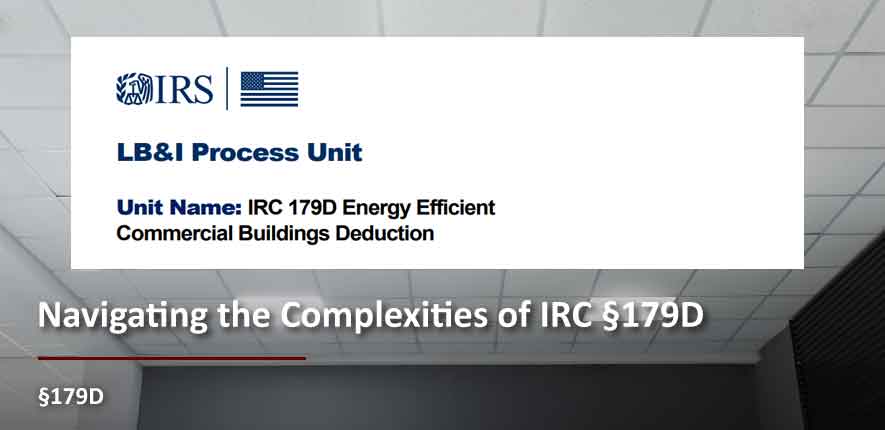2026 Inflation Adjustment Raises §179D Deduction to $5.94 with PWA
The §179D Energy Efficient Commercial Buildings Deduction has been adjusted for inflation in 2026, offering enhanced tax incentives for energy-efficient new construction as well as retrofits. To qualify, construction of a significant nature must begin before June 30, 2026, but there is no deadline for construction to be completed...
Prevailing Wage Compliance Maximizes Energy Efficiency and Renewable Energy Incentives
The Inflation Reduction Act of 2022 introduced powerful energy-related tax incentives under Sections 179D, 45L, and 48E of the Internal Revenue Code. These provisions provide additional rewards for projects that meet prevailing wage and, in some instances, apprenticeship requirements. They offer substantial financial benefits for energy-efficient construction, multifamily residential development...
Qualified Production Property: A New Opportunity for 100% Bonus Depreciation
The One Big Beautiful Bill Act (OBBBA) introduced Qualified Production Property (QPP), a new category of real estate eligible for 100% bonus depreciation under IRC §168(n). QPP refers to nonresidential real property that is constructed or acquired after January 19, 2025, placed in service before January 1, 2031, and used...
One Big Beautiful Bill: Challenges for Energy Efficiency and Renewables, Advantages for Other Tax Strategies
The One Big Beautiful Bill Act of 2025 (OBBBA) marks a major overhaul of federal tax policy, terminating or reshaping several high-impact incentives related to real estate, clean energy, and business investment.
The legislation ends the §45L Energy Efficient Home Credit for homes sold or leased after June 30, 2026, and...
§45L Energy Efficient Home Credit Ends in 2026 Under OBBBA
The §45L Energy Efficient Home Credit is set to expire for homes sold or leased after June 30, 2026, as mandated by the One Big Beautiful Bill Act of 2025. To qualify, units must be certified and sold or leased by that date. Current credit amounts include $2,500 per unit...
48E Investment Tax Credit Phaseout
The One Big Beautiful Bill Act (OBBBA) effectively ends the long-term availability of the Section 48E Clean Electricity Investment Tax Credit (ITC) by imposing hard deadlines and accelerating its phase-out. For solar and wind facilities, projects must begin construction by July 4, 2026, to remain eligible for the Section 48E...
179D Tax Deduction Terminated by the One Big Beautiful Bill
The §179D tax deduction for energy-efficient commercial buildings will no longer apply to construction projects after June 30, 2026. To qualify for the §179D deduction, construction must begin before June 30, 2026, as mandated by the One Big Beautiful Bill Act of 2025.
The current deduction amount for buildings placed in...
New Guardrails and Phase-outs for the §45X Advanced Manufacturing Credit
The One Big Beautiful Bill Act introduces key updates to the §45X Advanced Manufacturing Credit, including new domestic-content rules, accelerated phase-outs for wind and metallurgical coal, and restrictions on foreign-entity involvement. Solar, battery, and critical mineral producers still benefit, but strategic planning is now essential...
Immediate Expensing Returns for Domestic R&D Tax Credit
The One Big Beautiful Bill Act (OBBBA) reestablishes same-year deductions for domestic research expenses beginning in 2025. Under new IRC §174A, U.S. companies can fully expense qualified R&D costs immediately, significantly improving the cash flow benefits of innovation investments. Foreign research, however, remains subject to 15-year amortization. Optional 60-month amortization...
OBBBA Makes 100% Bonus Depreciation Permanent
With the passage of the One Big Beautiful Bill Act (OBBBA), 100% bonus depreciation was made permanent for qualified property placed in service after January 19, 2025. This legislative change significantly enhances the value of cost segregation, a proven tax strategy that accelerates depreciation deductions by identifying and reclassifying building...
The §45X Advanced Manufacturing Production Tax Credit: Why Timely Filing Is Critical
The §45X Advanced Manufacturing Production Credit offers one of the most powerful federal incentives available to domestic manufacturers of clean energy components. The credit was introduced in 2022 as part of the Inflation Reduction Act, yet many manufacturers are still unaware of how much value is at stake. Many do...
House Passes GOP Bill Targeting Solar Tax Credits
The House of Representatives passed a sweeping Republican-backed bill that would eliminate the 30% residential solar tax credit (§25D of the U.S. Tax Code) by the end of 2025. The legislation, which also includes major tax, budget, and immigration reforms, faces an uncertain future as it heads to the Senate...
The One, Big, Beautiful Bill would provide one, big, beautiful deduction for R&D expenditures
The “One, Big, Beautiful Bill" promises to provide one big deduction for R&D expenditures. Section 111002 aims to provide immediate relief for businesses engaged in research and development activities within the United States. This marks the most promising proposal to walk back the R&D expenditure amortization requirements since they went...
The End of Energy Star and the §45L Tax Credit? Proposed Legislation Threatens Key Programs
The §45L Tax Credit and EnergyStar are currently intertwined. Losing one jeopardizes the other, significantly impacting our ability to build energy-efficient homes. The §45L credit is crucial for our industry's financial viability and environmental progress. Losing EnergyStar would severely hinder our ability to build sustainable housing. The §45L Tax Credit is our country’s last...
Navigating the Complexities of IRC §179D: Why Expert Guidance is Essential
The IRS has updated its Practice Unit on the §179D Energy Efficient Commercial Buildings Deduction. While not official guidance, these units provide valuable insights into IRS audit and enforcement approaches. The latest §179D updates introduce new eligibility rules, compliance requirements, and higher deduction limits. Given the complexity of these provisions...








